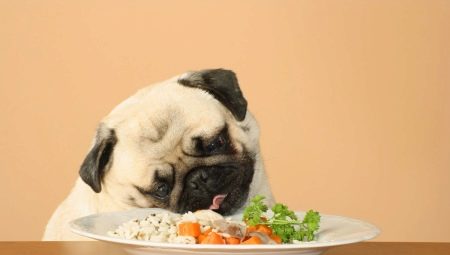In order to maintain the pug’s health and activity for many years, he needs to provide a balanced diet of high quality from a very young age. Let us dwell on the most important aspects of feeding this funny pet.


What to include in the diet?
Pugs are funny animals that give the impression of being well-fed, but at the same time constantly hungry. This is an erroneous opinion - in dogs of this breed the muscles are quite elastic, and under them the ribs and ridge are clearly visible. These are very active dogs, therefore, the diet in terms of quantity and composition of food must necessarily take into account not only the age of the dog, but also the features of its motor activity.
Many owners make a fairly common mistake - they feed the animal to such an extent that it begins to have digestive problems, shortness of breath occurs - all this leads to heart problems and premature aging.
To date 2 schemes of proper feeding of pug dogs are proposed - this is nutrition with natural products and dry feed. The first method is considered more time-consuming, since it involves an independent search for products and the preparation of meat or fish blenders with the addition of cereals, vegetables and lactic acid products.
Feeding an animal with ready-made mixes is not so troublesome and time-consuming, but it is very expensive, and choosing the optimal food for each dog is not so easy and simple.

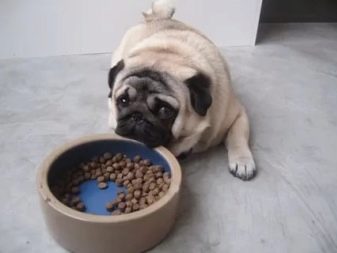
There are several rules that you must follow when organizing the feeding of a pug.
- It is forbidden to mix natural and industrial feed.If you give granules to your dog in the morning and offer porridge in the evening, you will soon encounter problems such as eating disorders and weakened immunity. If you do not adjust your diet on time, this can lead to serious health problems that require expensive and lengthy treatment.
- Any new product in the diet of the animal should be introduced gradually, so that the final replacement occurs within 10-14 days.
- If you prefer ready-made feeds, be sure to read the information on the packaging - preference should be given to products that do not contain vegetable fats, salt and soy components.
Keep in mind that high-quality feeds differ significantly in price from natural food, which is represented by meat and offal, lactic acid products, vegetables and cereals. But these products have a completely balanced composition, enriched with all the necessary mineral and vitamin complexes.
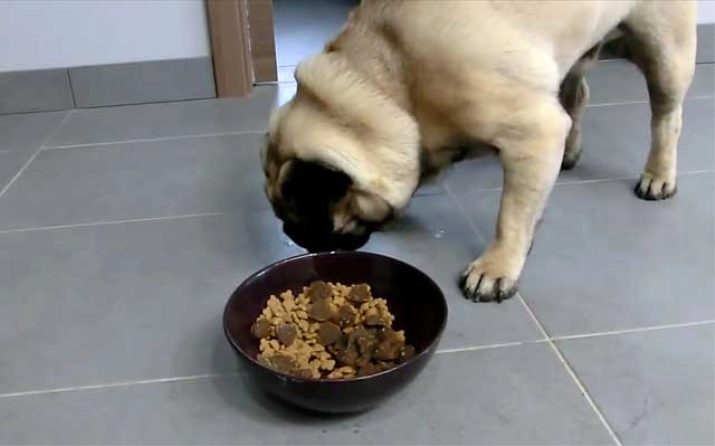
Natural products
Natural products can be offered to a dog at any age. About 70% of the diet should be meat and offal, the remaining 30% are:
- fillet of white sea fish, non-greasy;
- vegetables;
- fruits;
- succulent greens or sprouted grains;
- whole grain cereals;
- lactic acid products;
- the eggs.
From meat, it is better to give preference to beef or veal, 1-2 times a week it can be replaced with chicken meat or turkey flesh. It should be borne in mind that with more frequent inclusion of poultry meat in the diet, the development of allergic reactions is possible. Up to 15% of meat can be replaced with high-quality offal (heart, liver, udder, as well as broth or jelly from chicken legs).
Offal can be included in the menu in small doses daily or completely replace the meat component of the mash mix a couple of times a week.
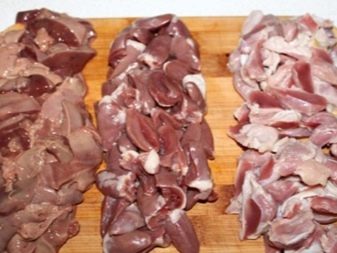
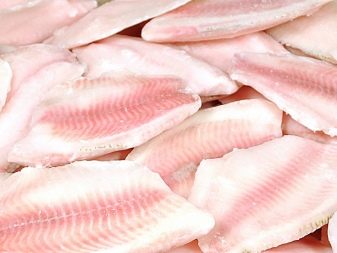
Of cereals, preference should be given to rice and buckwheat, it is advisable to abstain from the use of corn and wheat - they are poorly absorbed by the dog's body, and therefore cause severity and eating disorders in the animal. Unlike dogs of other breeds, many pugs react poorly to oatmeal - it causes them diarrhea and in some cases even vomit.
About 5% of the total volume of the mash is vegetables and fruits - they should be introduced chopped. Best of all, animals perceive mashed potatoes from steamed carrots, pumpkins, zucchini or cauliflower. It will be useful to add chopped greens and sprouted cereals.
The stirrer should be seasoned with vegetable oil, which is perfectly absorbed by the pug's body and compensates for the lack of fat in the finished feed mixture. Vegetable fats, unlike animal fats, do not cause obesity.
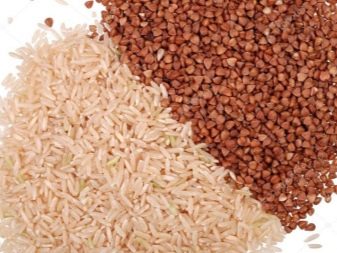
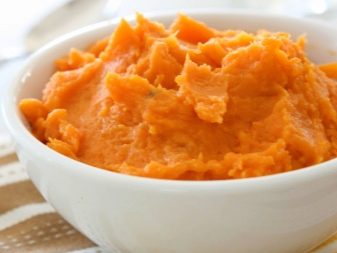
Once a week, you can replace meat with fish - cod and hake are suitable for dogs, but fatty varieties of red fish are contraindicated for dogs. You also need to abandon river fish, because it contains a lot of small bones, and in addition, it is often affected by helminths.
Some pugs eagerly eat fruit - in this case, they should definitely include their favorite treat in the menu. Once a week, dogs should be given low-fat cottage cheese or kefir, as well as chicken yolk.
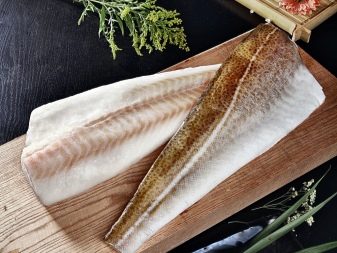
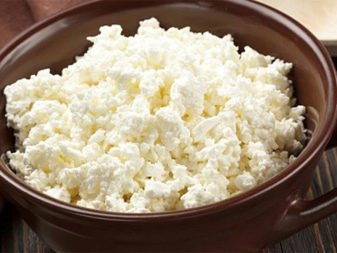
We draw attention to the fact that when feeding with natural products, dogs need to additionally give vitamin-mineral complexes that are very important for the pug’s body:
- vitamin A - necessary for puppies, as well as adult animals during mating, pregnancy and lactation;
- vitamin b - maintains a condition of wool, skin and muscles;
- vitamin C - strengthens the immune system, prevents diseases of the teeth and gums;
- vitamin D - warns rickets of a young dog;
- vitamin e - needed to form a healthy reproductive system.
Of the mineral elements, dogs need the intake of phosphorus, calcium, zinc, selenium, chromium, iodine and many other trace elements.
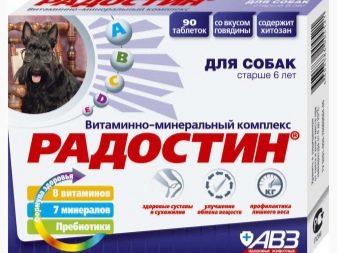
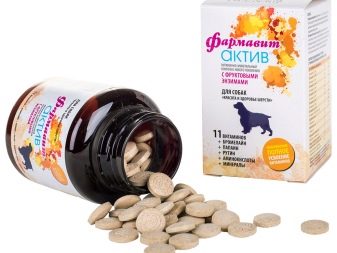
Finished feed
If you don’t have the opportunity to devote sufficient time to buying products, measuring proportions and making mixes, then it is better to stay on prepared feeds - they are offered in stores in a wide assortment.
The use of such products greatly facilitates the breeder's life due to the fact that the manufacturer usually indicates all the necessary dosages for feeding dogs, depending on their age. In addition, within the framework of each brand, several lines are always presented - for puppies, for adult dogs, elderly animals, as well as a series of medicinal feeds.
Ready-made feeds can be granular dry and wet jelly-like. When using dry food, it is unacceptable to dilute it with natural food, and a wet product can be mixed with cereals.
When choosing feed, preference should be given to products premium and super premium, the most caring owners buy holistic for their pets. These categories of feed are made from the highest quality meat with exact adherence to the established dosages. There is no place for preservatives, flavor enhancers and flavorings, and the composition of the product is extremely transparent.
Recommended feed brands include the following products.
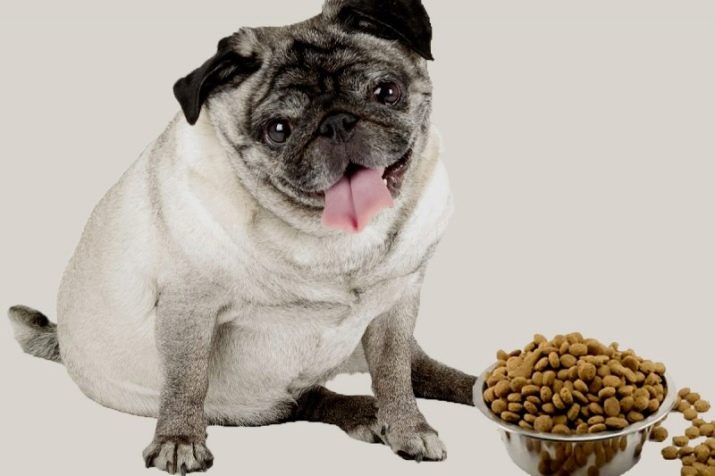
Royal canin
Among the feeds of this brand are specialized lines for pugs - they are marked “pug”, which means “flat nose” in English. The pellets of this food are made in the form of a trefoil, so that owners of a flat muzzle can easily grab them. Royal canin has balanced composition, food is made from the highest quality meat, does not contain preservatives.
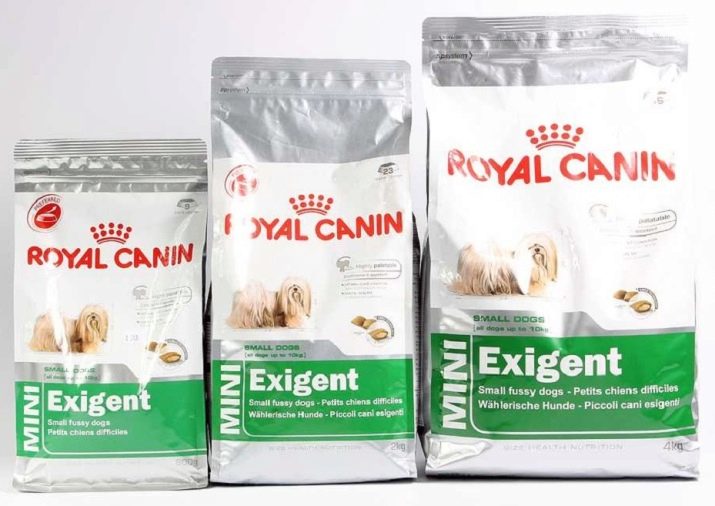
Canidae
This food produced in the USA is classified as holistic. It contains all the substances necessary for the full growth and development of the pug - natural meat, meat flour, vegetables grown in an environmentally friendly way, as well as extracts of medicinal herbs and probiotics.
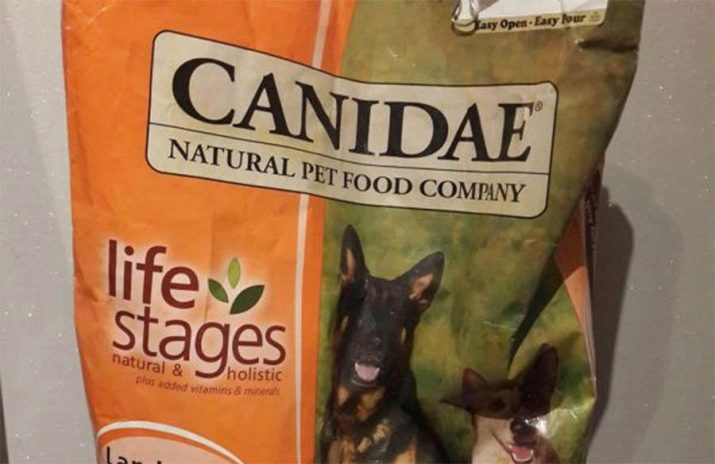
Acana
Another holistic, which is 60% natural meat. Additionally, the composition is enriched with vegetables, fruits, herbs and vitamin and mineral complexes. Holivics do not contain offal and fat substitutes. The product has a beneficial effect on the digestion of the pug and improves its overall health.
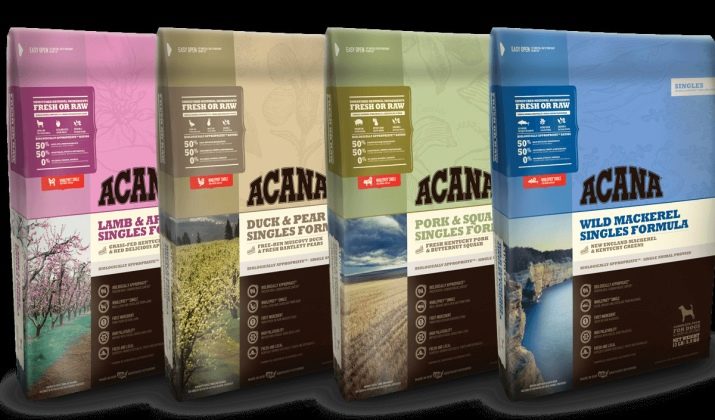
Firstmate
Super-premium food Austrian-Canadian production. The composition includes three types of meat, vegetables, vitamins and minerals. All products included in the feed are categorized Human Grade, which means "human standard of quality."
For pugs, food from the category of holistic is preferable; they exclude negative reactions of the canine organism to the proposed nutrition. However, such products are very expensive, and they can be purchased only in specialized stores by reservation.
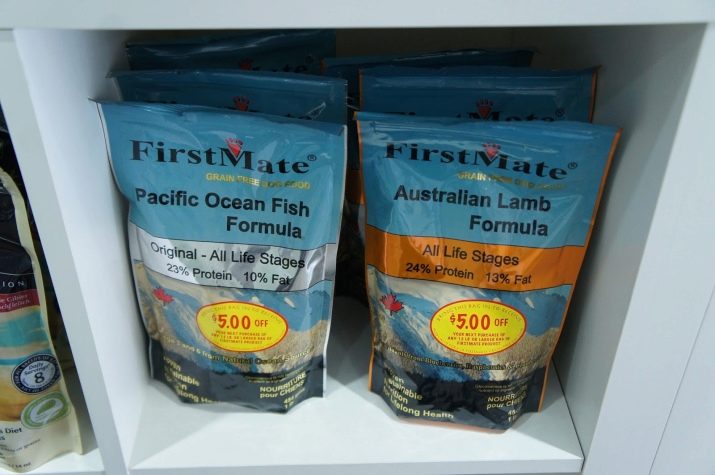
What should not be given?
Not all products are well absorbed by the pug's body. So, from the diet you need to completely exclude:
- pasta;
- bakery products;
- semolina and wheat cereal;
- raw and boiled potatoes;
- all kinds of sweets - pastries, sweets, chocolate;
- sour cream, cream;
- smoked and seasoned foods;
- mushrooms;
- all types of citrus;
- legumes;
- soy and corn;
- grapes;
- all kinds of pickles and pickled products;
- sausages, sausages and sausages;
- products containing sharp tubular bones;
- fried foods.
When feeding pugs, you can’t use low-quality cheap feeds that are widely advertised on the TV screen and on the pages of magazines - such mixtures can be purchased at a low price in any store, but, as a rule, the quality of the ingredients in them does not meet the needs of the dog. In addition, they contain many preservatives and enhancers of taste and smell.
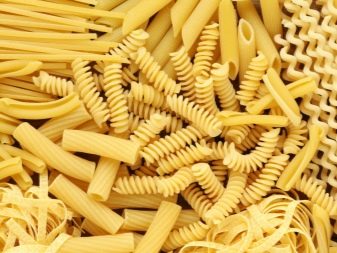
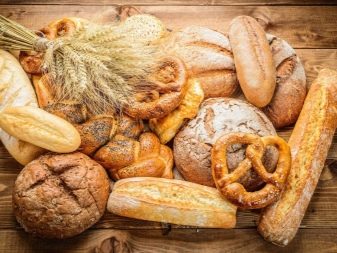

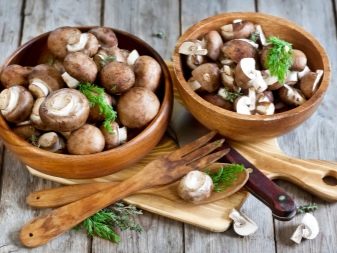
Feeding adult dogs
As practice shows, most owners of pugs prefer natural nutrition for their pets. Usually for dogs at home prepare cereals-mixers, which include:
- lean meat - 30-35%;
- vegetables - 30-33%;
- cereals - 30-33%;
- vegetable oil, vitamins with mineral additives -1-2%.
Hookers are given to dogs freshly prepared and only in a warm form, all uneaten portion leftovers must be disposed of. The meat and offal are cut into small pieces, after which they are poured with boiling water or boiled.
Vegetable and fruit components can be introduced into the composition of cereal in a fresh, steamed or stewed form. Hookahs are made semi-liquid, best based on meat broth with the addition of vegetable oil and vitamins.
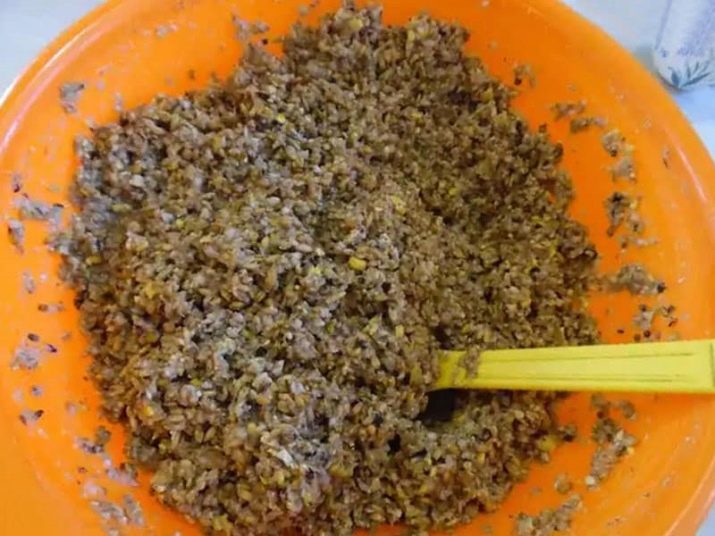
Puppy rules
To teach puppies to a balanced diet is necessary from a very early age. In the first weeks of life, the animal eats mother’s milk, however, there are situations when, for some reason, such feeding is impossible - then the breeders have to look for an alternative.
Usually, veterinarians advise using dry formulas that replace breast milk. Starting from the second month of life, you can gradually add products crushed to a puree state. Puppies are usually made liquid.
The daily diet of small pugs is divided into several feedings, the number of which, depending on age, is:
- from 1 to 2 months - food is given 6-8 times a day;
- from 2 to 4 months - 4 times a day;
- from 4 to 6 months - 3 times a day;
- from 6 to 10 months - twice a day.
When the puppies reach one year, if necessary, the dog can be transferred to a single meal.
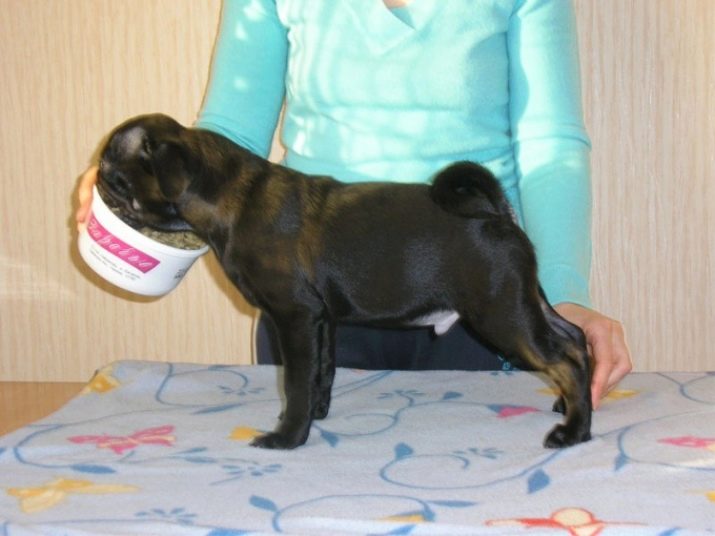
The amount of food calculated for a daily dose for a pug is calculated from the ratio of 6-7% of the total weight of the animal. If a puppy, for example, weighs 2 kg, then the amount of feed per day should not exceed 140 g. Thus, the volume of one serving for a pug can be easily calculated.
After six months, the amount of food is reduced by 2 times - 3-4% of the weight of the dog is quite enough for such puppies. For example, a 10 kg animal needs about 350 g of natural food per day.
The first lure is usually introduced in a month and a half, it is best to use low-fat cottage cheese, kefir or yogurt in this quality. When the baby gets used to the new food, you can supplement the menu with stewed vegetables, rice or buckwheat porridge on the water. The quality of nutrition can be judged by the behavior and condition of the pet - if it grows well and is gaining weight, it means that the diet is composed correctly.
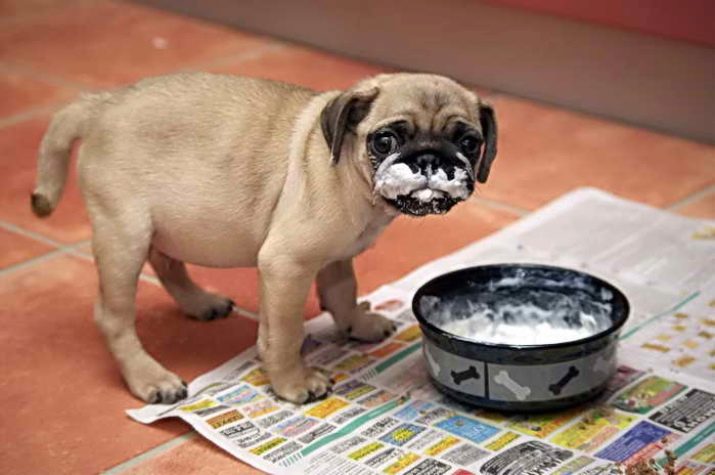
Meat products are introduced starting at the age of three months. At the same time, dry food is introduced if the owner does not have the opportunity to feed his pug straight.
Keep in mind if you purchased a dog in a kennel - be sure to ask the seller how the animal was fed. In the first week, you must adhere to the previous menu, and only then gradually transfer to your diet. The transition from one type of feeding to another must be smooth.
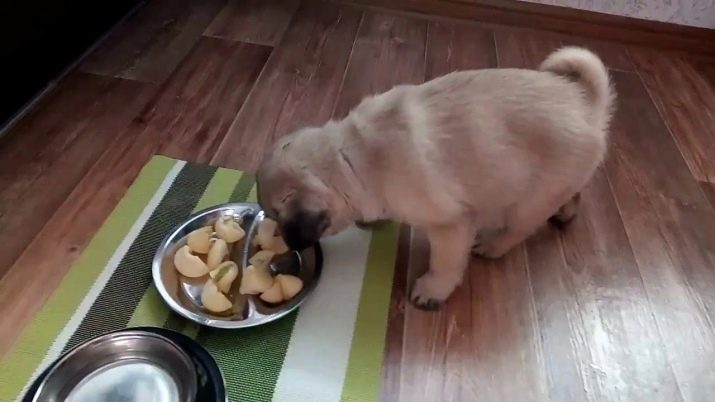
Diet of neutered and sterilized animals
Sterilized and neutered pugs are very often prone to obesity. The situation is complicated by the fact that pugs are naturally prepared to eat all the food they offer until the very last crumbs, and in addition, they often beg for food from the table. Indulging in such tricks is strictly forbidden, as well as arranging snacks between main meals for your pet.
Usually a healthy dog is a muscular, solid dog, but after sterilization or castration in animals, digestion often starts, which can provoke a rapid weight gain. This causes cardiovascular disease and ultimately affects the longevity of pets.
To avoid such adverse effects, it is necessary to reduce the share of products that are sources of carbohydrates - cereals. Also, at the first signs of obesity, you need to reduce the amount of servings offered, it will be useful to visit a veterinarian and choose a special diet food for the animal with it.
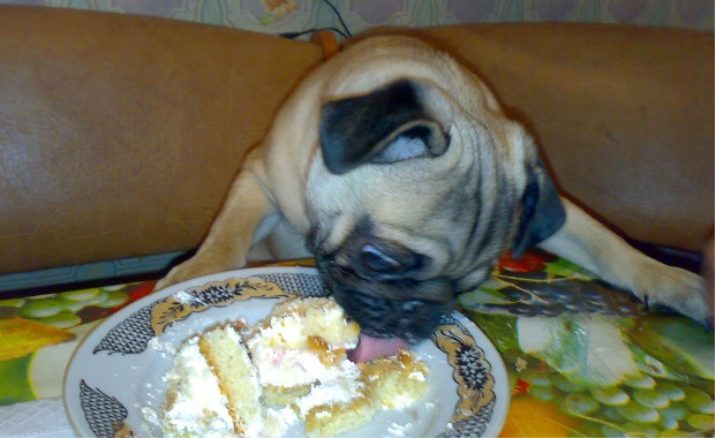
Recommendations for feeding a pug dry food, see below.
